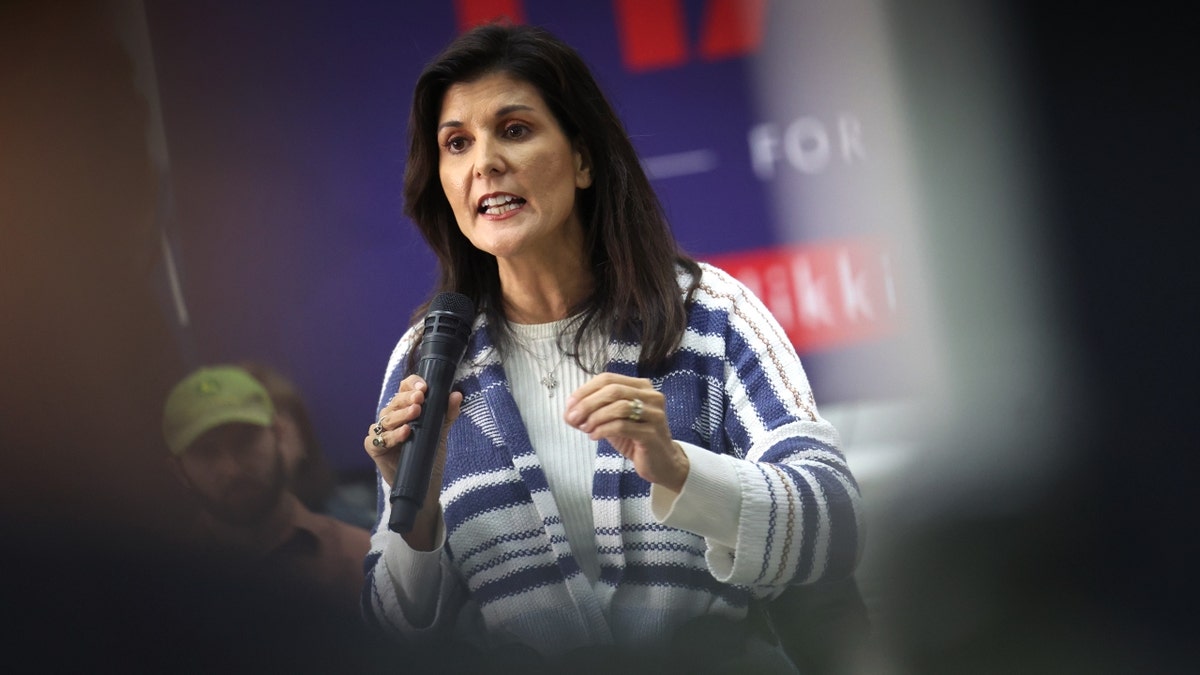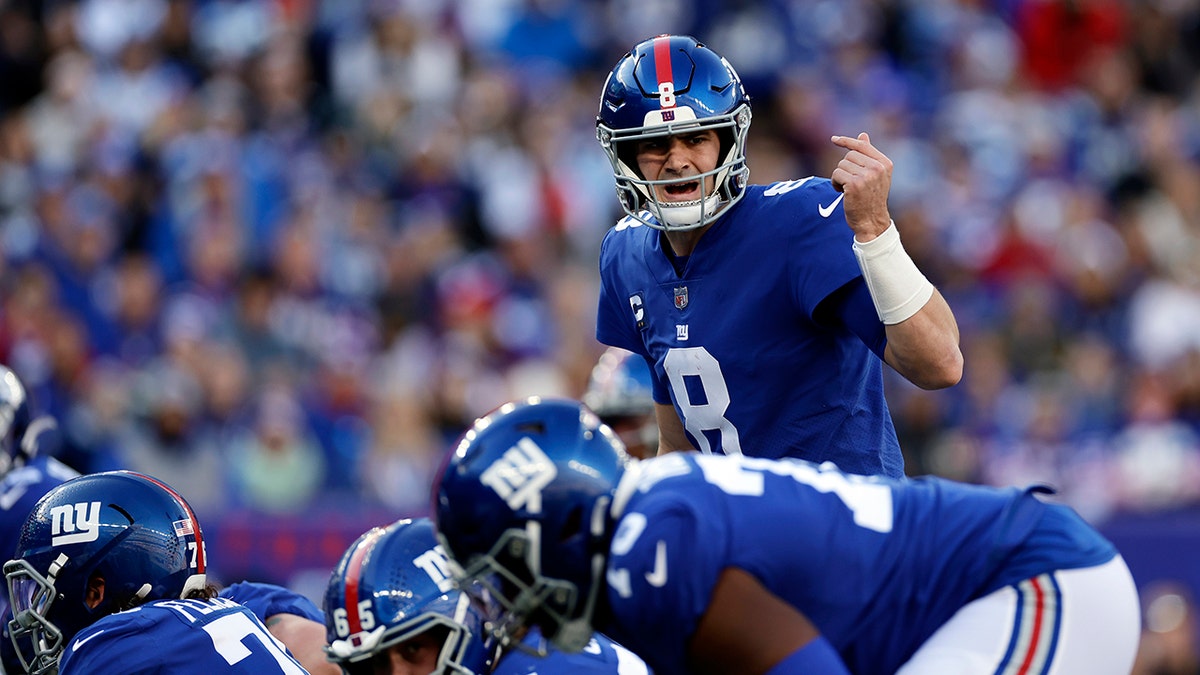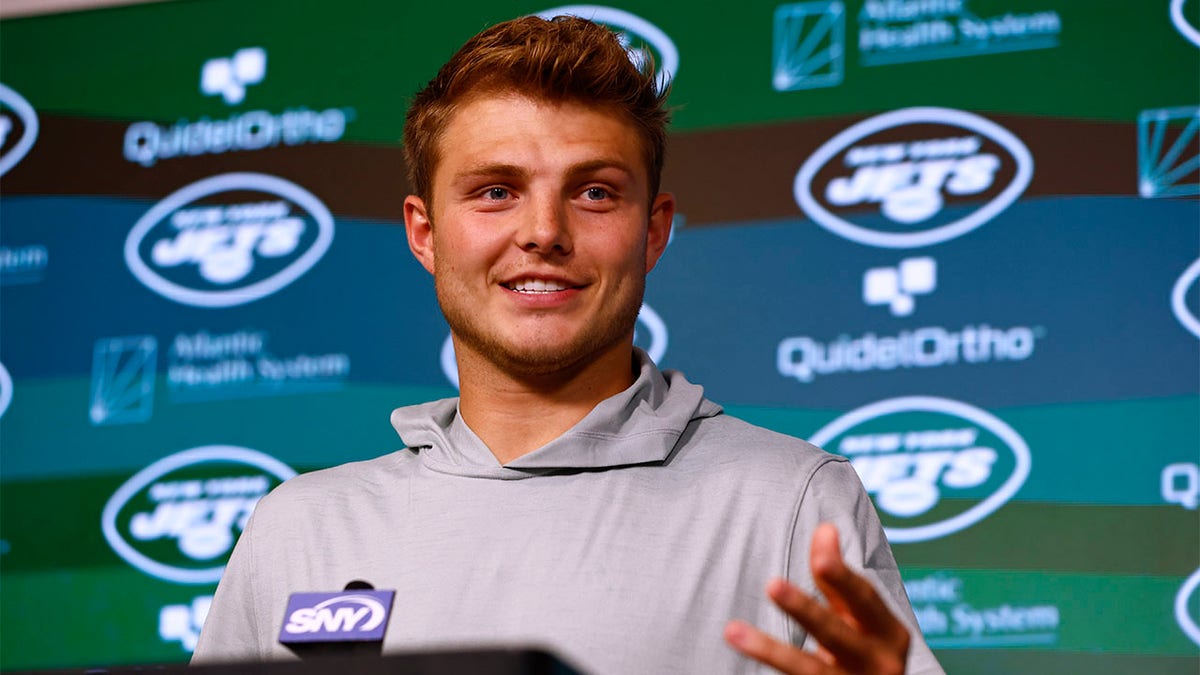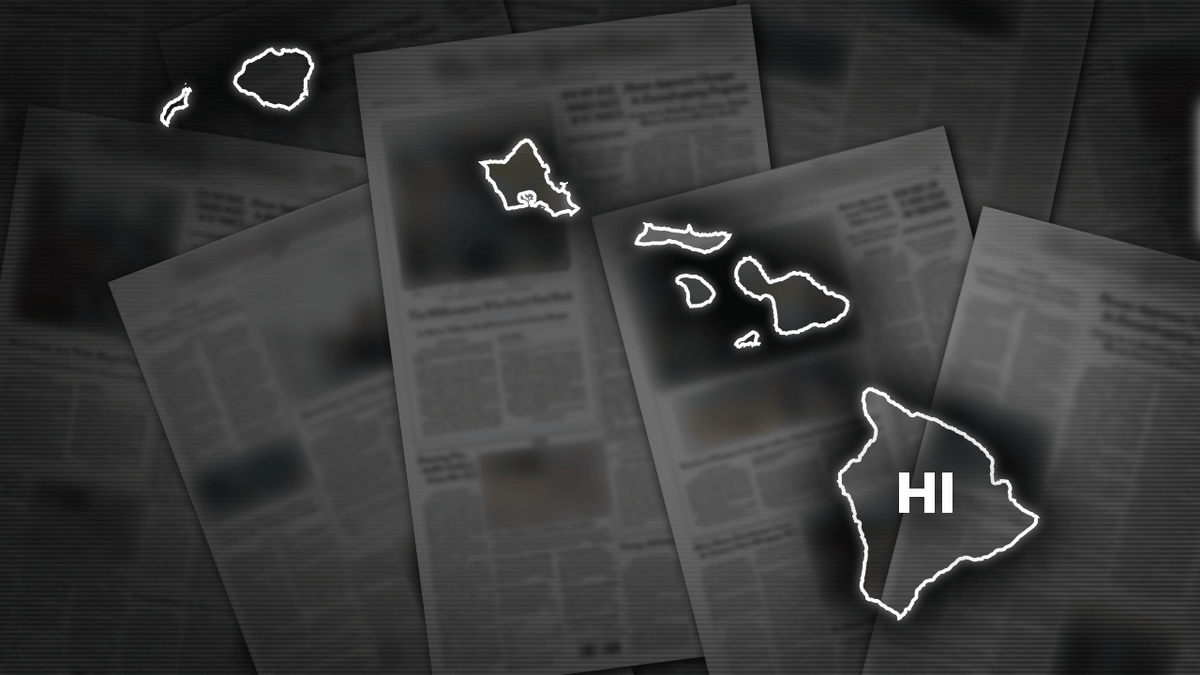A recent study reveals a concerning statistic: approximately half of America's beaches showed potentially unsafe levels of fecal contamination in 2022. This data comes from Environment America's annual Safe for Swimming report, raising questions about the health risks associated with these popular destinations.
Out of over 3,000 beaches tested nationwide, 55% exhibited unsafe levels of fecal contamination on at least one day. Even more alarming, one in nine beaches showed unsafe levels on at least a quarter of the days tested. The study used the EPA's Beach Action Value (BAV) to assess contamination levels, flagging beaches as unsafe if they exceeded an estimated illness rate of 32 per 1,000 swimmers.

Contamination levels differed across regions. The Gulf Coast had the highest percentage of contaminated beaches (84%), followed by the West Coast (70%), the Great Lakes (63%), and the East Coast (48%). Alaska and Hawaii had significantly lower contamination rates, with 24% of beaches showing unsafe levels.

Swimming in contaminated water can lead to gastrointestinal illnesses, with symptoms like diarrhea, nausea, vomiting, and stomach cramps. Medical experts recommend avoiding swallowing water and staying out of the water with open wounds. Checking local health department websites for advisories before heading to the beach is also advised.

The primary sources of contamination are stormwater runoff, sewage overflows, and, in some cases, manure from industrial livestock operations. Increased coastal development, aging sewage systems, and more frequent severe storms exacerbate the problem.

Experts suggest several solutions to address the issue. These include improving sewage systems, investing in green infrastructure, implementing stricter farming policies to manage manure, protecting wetlands, and increasing the frequency and scope of beach testing.



While the findings are concerning, experts emphasize that people can still enjoy beaches by taking simple precautions like washing hands and showering thoroughly after swimming.








